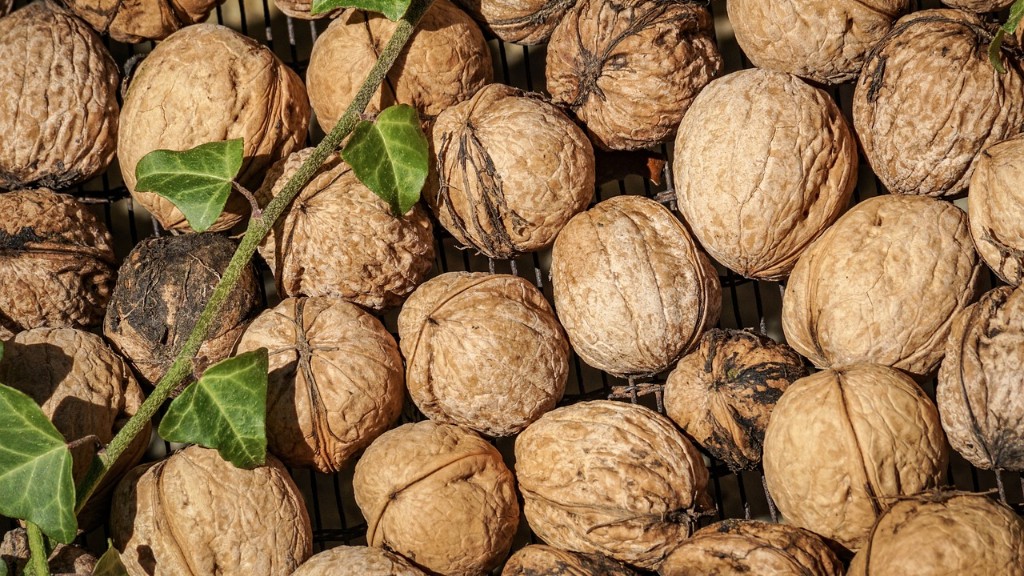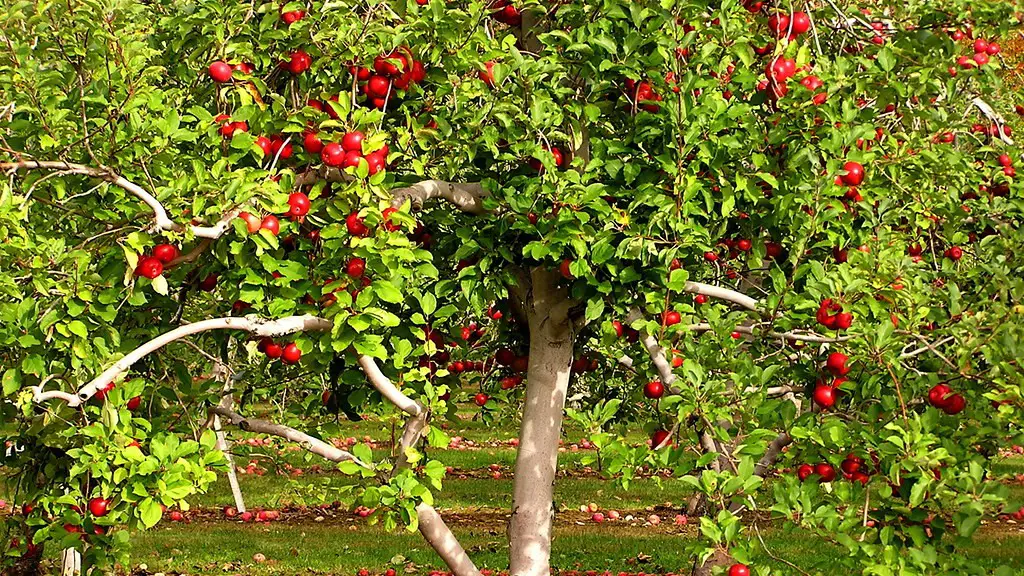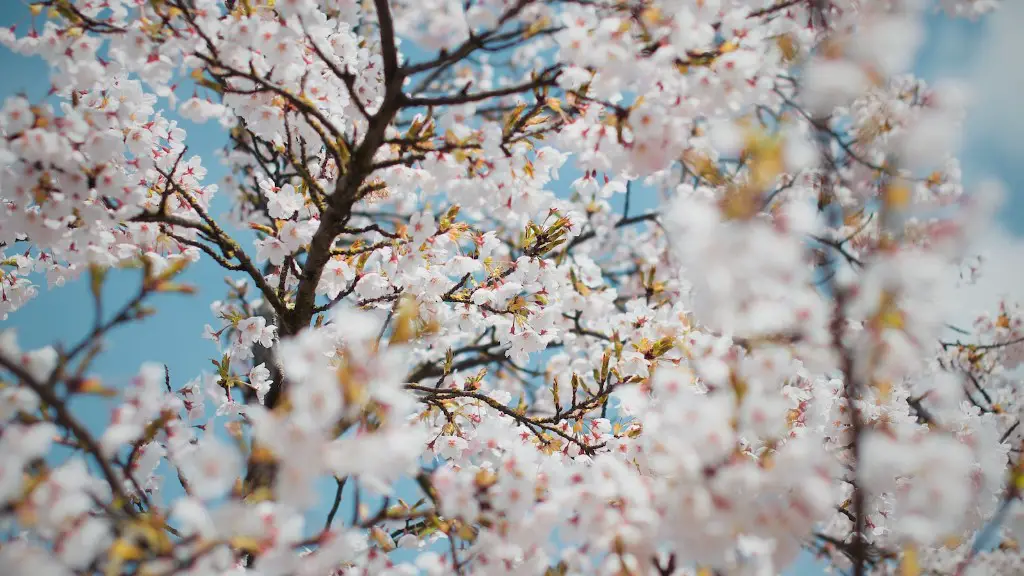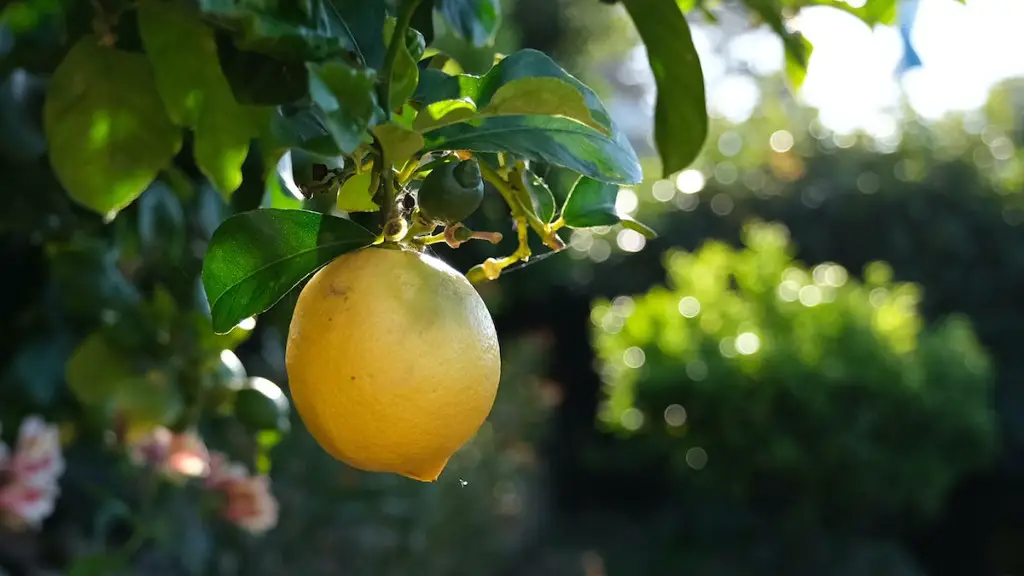Signs of an Unhealthy Avocado Tree
Sometimes, the telltale signs that an avocado tree is not doing well can be difficult to detect. Sure, an avocado tree may lack fruits or seem short on leaves, but what else should you look out for when it comes to an unhealthy avocado tree? In order to determine whether or not your avocado tree is in need of some special care, you should familiarize yourself with the typical symptoms of an unhealthy avocado tree.
One of the first signs of an unhealthy avocado tree is yellowed or browned leaves. If your avocado tree’s leaves are starting to yellow or brown, this is a sign that something is wrong. This could be indicative of nutrient deficiencies, water stress, or infection, all of which can affect the health of the tree. Additionally, any new growth on the tree should be checked for discoloration, as this could be a sign of an underlying issue.
In addition to discolored leaves, an unhealthy avocado tree may also have stunted growth. If your tree isn’t reaching its full potential in terms of growth, this could be a sign that something is off. This could be due to improper light exposure, poor soil quality, or failure to provide water and nutrition. All of these issues can affect the overall growth of the tree, and should be taken into consideration if you’re noticing a problem.
Finally, an unhealthy avocado tree may suffer from defoliation. In other words, if your tree is losing leaves without new ones coming in to replace them, this could spell trouble. This can be a sign of infection, drought stress, or nutrient deficiency, all of which need to be tackled in order to keep the tree healthy.
Possible Causes of Unhealthy Avocado Trees
Now that you’re aware of the signs that can indicate an unhealthy avocado tree, it’s important to become familiar with the potential causes. Keep in mind that these issues could be due to environmental stressors, improper care, or disease; all of which need to be addressed in order to avoid various problems.
One of the most common causes of unhealthy avocado trees is nutrient deficiency. An avocado tree needs ample amounts of nitrogen, phosphorus, and potassium in order to thrive. If the soil doesn’t contain the proper amounts of these nutrients, it may be necessary to supplement the soil with fertilizer. Additionally, a lack of micronutrients, such as zinc and iron, can affect the health of your avocado tree as well.
In addition to nutrient deficiency, improper watering can also lead to unhealthy avocado trees. Drought stress is a common culprit when it comes to avocado tree issues, so it’s important to make sure your tree is getting the right amount of water. An easy way to ensure your avocado tree is getting enough water is to set up an irrigation system and schedule. Additionally, if the tree gets too much water, there is also potential for root rot.
Finally, avocado trees can fall victim to pests and disease. While most pests and disease can be controlled through pesticides and proper care, it’s important to be aware of the potential risks. Common pests such as mealybugs, thrips, and whiteflies, as well as fungal diseases like phytophthora, can all put your avocado tree’s health in danger. Regular check-ups can help to identify any issues before they become unmanageable.
Diagnosing Unhealthy Avocado Trees
Once you’ve identified possible causes of an unhealthy avocado tree, it’s important to get a professional diagnosis. A qualified arborist or plant health care professional will be able to assess the health of your tree and determine the best course of action. They’ll be able to advise you on the best approach to take in order to keep your tree healthy and thriving.
For a diagnosis, your arborist will use a combination of visual inspection and soil testing. Visual inspection can help to identify any problems with the structure or foliage, while soil testing can provide valuable information about the type and amount of nutrients in the soil. Additionally, your arborist may use other tools, such as sap tests and x-rays, to determine the exact cause of the problem.
Once your arborist has determined the cause of the unhealthy avocado tree, they’ll be able to create a plan to bring your tree back to health. This could involve anything from proper fertilization and soil amendments to pruning or foliar treatments. Whatever the course of action, your arborist should be able to provide you with the necessary advice and guidance to ensure your tree returns to good health.
Preventing Unhealthy Avocado Trees
As the saying goes, an ounce of prevention is worth a pound of cure. The same applies to avocado trees. Fortunately, there are several steps you can take to help ensure your tree stays healthy and happy.
First of all, make sure your tree is getting the nutrients it needs. This can be done through regular soil testing and regular applications of fertilizer. Additionally, make sure your tree is getting the right amount of water, as too much or too little can lead to problems. Finally, be sure to regularly inspect your avocado tree for signs of pests, disease, or other issues.
In addition to proper care, it’s also a good idea to give your avocado tree some extra TLC. Pruning, mulching, and providing adequate amounts of light can all help your tree stay healthy and strong. Furthermore, if you’re able, you should also apply preventive fungicides and insecticides to ensure your tree is protected from any potential threats.
Treating Unhealthy Avocado Trees
Once you have determined that your avocado tree is unhealthy, it’s time to take action. Fortunately, there are several treatments available to help restore your tree’s health.
First of all, it’s important to address any nutrient deficiencies. This can be done through regular applications of fertilizer or soil amendments. Additionally, you may want to consider using foliar sprays or injections to supplement the tree with specific micronutrients.
If insect or disease problems are present, it’s best to consult your arborist to determine the best course of action. Depending on the situation, your arborist may recommend preventive treatments, such as pesticides, to ward off pests and disease, or curative treatments, such as fungicides, to treat an existing infestation.
Finally, it’s important to provide your avocado tree with adequate amounts of water and light. Both will help your tree to stay healthy, so be sure to let your arborist know if either of these are in short supply. Ultimately, with the right amount of care and attention, your avocado tree should be healthy and thriving in no time.
Importance of Professional Care
When it comes to the care of your avocado tree, it’s always best to consult a professional. A qualified arborist or plant health care professional will be able to assess the health of your tree and offer advice on the best course of action.
Keep in mind that a qualified arborist will be able to provide a comprehensive diagnosis of your tree, as well as offer prevention and treatment options. Additionally, they can provide invaluable advice on ways to keep your avocado tree healthy, such as proper watering and fertilization, as well as pest and disease prevention strategies. Ultimately, a qualified arborist is the best way to keep your avocado tree in tip-top condition.
Conclusion
When it comes to unhealthy avocado trees, it’s important to be aware of the typical signs and symptoms, as well as the potential causes. In most cases, nutrient deficiencies, poor watering, and pests or disease are the main culprits. Once these issues have been identified, a professional diagnosis and treatment regimen can be established in order to return your tree to health. Furthermore, regular inspections, proper watering, and adequate amounts of light can all help to keep your avocado tree healthy. By taking these steps and consulting a qualified arborist or plant health care professional, you can ensure your avocado tree continues to thrive.




